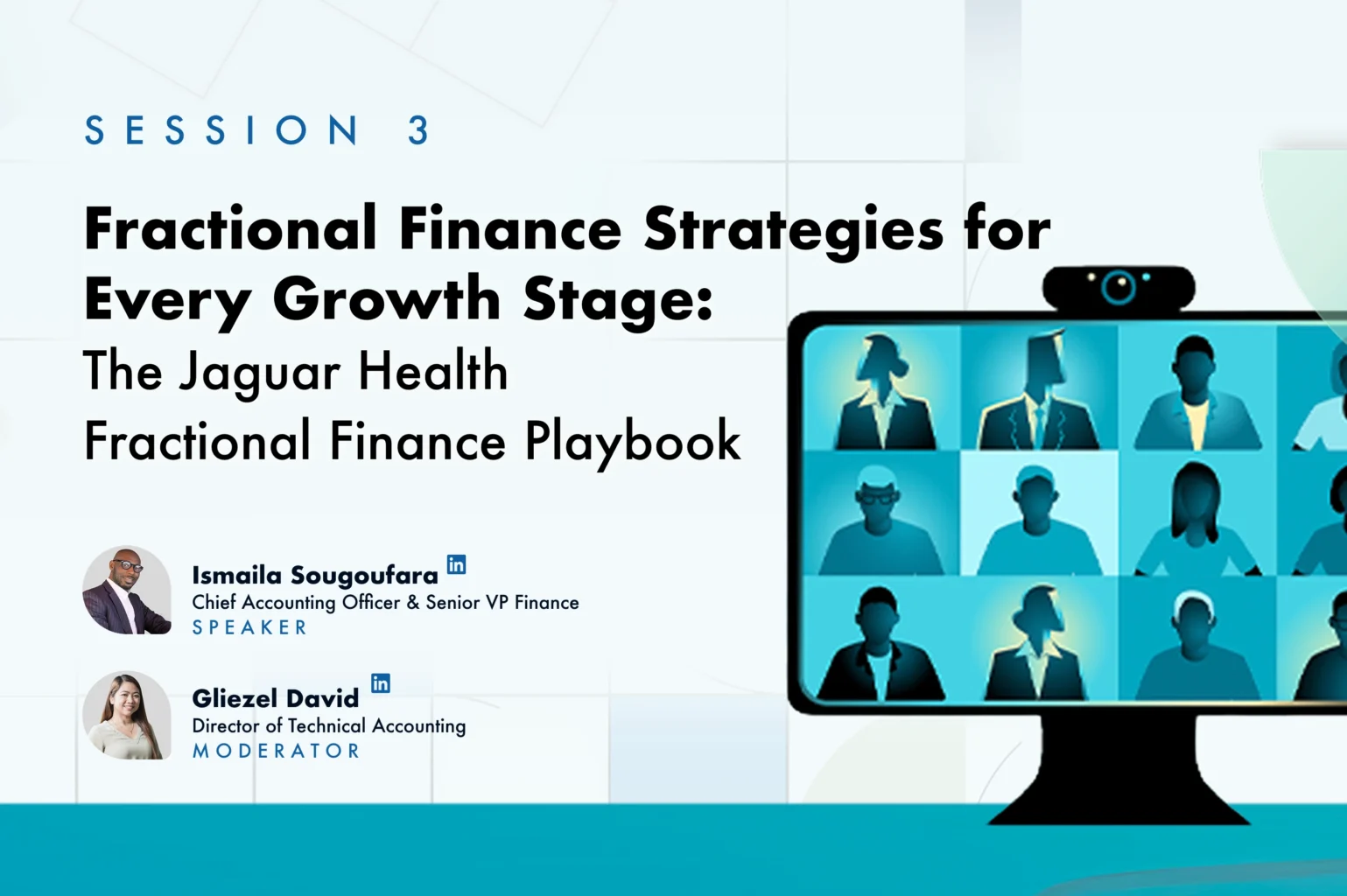On June 10, 2020, the Financial Accounting* Standards Board (FASB) proposed the delaying of the effective date of the standard on long-duration insurance contracts and approved 2 Accounting* Standards Updates (ASU) that would impact accounting* for convertible instruments and gifts-in-kind.
Topic 944 Delay
FASB voted to propose delaying the implementation date of ASU No. 2018-12, Financial Services — Insurance (Topic 944): Targeted Improvements to the Accounting* for Long-Duration Contracts. The proposal would grant insurance companies that issue long-duration insurance contracts an additional 1 year to implement the provisions of the standard.
Previously, the effective date for the standard is for fiscal years beginning after December 15, 2020 for public business entities. The standard affects contracts such as life insurance and annuities.
ASU on Simplifying Accounting* for Convertible Instruments and Contracts in an Entity’s Own Equity
Expected to be issued in the 3rd quarter of 2020, the upcoming ASU eases requirements for the accounting* for convertible instruments by removing major separation models required under Generally Accepted Accounting* Principles (GAAP).
Currently, convertible instruments and contracts with embedded conversion features are required to be bifurcated into their liability and equity components. In the new update, more convertible instruments will be reported as a single liability or equity, and no separate accounting* for embedded conversion features is required. Certain settlement conditions that are required for equity contracts to qualify for the derivative scope exception will be removed and, as a result, more equity contracts will qualify for the scope exception.
The upcoming update will also ease calculation requirements for public business entities on their diluted earnings-per-share (DEPS) in certain areas.
Regarding the July 2019 Exposure Draft, wherein the Board proposed simplifying the accounting* for equity contracts by reducing form-over-substance-based accounting* conclusions that are driven by remote contingent events in the assessment of the derivatives scope exception, the Board decided not to include those changes in the upcoming update due to mixed feedback from stakeholders during the public comment period. Consequently, the FASB plans to continue to explore improvements on this aspect of the guidance in a separate Phase 2 project.
The upcoming ASU will be effective for public business entities, excluding entities eligible to be smaller reporting companies (SRC), for fiscal years beginning after December 15, 2021. For all other entities, the standard will be effective for fiscal years beginning after December 15, 2023. Early adoption will be permitted. The Board directed the staff to draft a final ASU for vote by written ballot.
ASU on Accounting* for Contributed Nonfinancial Assets by Not-for-Profit Organizations
Expected to be issued in the 3rd quarter of 2020, the upcoming ASU will require a not-for-profit (NFP) organization to present contributed nonfinancial assets as a separate line item in the statement of activities, apart from contributions of cash or other financial assets.
It also will require an NFP organization to disclose:
The amount of contributed nonfinancial assets received, disaggregated by category, that depicts the type of contributed nonfinancial assets: and
For each category of contributed nonfinancial assets received (as identified in 1):
a. Qualitative information about whether the contributed nonfinancial assets were either monetized or utilized during the reporting period. If utilized, a description of the programs or other activities in which those assets were or are intended to be used.
b. The not-for-profit’s policy (if any) about monetizing rather than utilizing the contributed nonfinancial assets.
c. A description of any donor restrictions associated with the contributed nonfinancial assets.
d. A description of the valuation techniques and inputs used to arrive at a fair value measurement in accordance with Topic 820, Fair Value Measurement, at initial recognition.
e. The principal market (or most advantageous market) used to arrive at a fair value measure if it is a market in which the recipient not-for-profit is prohibited by donor restrictions from selling or using the contributed nonfinancial assets.
The upcoming ASU will be effective for NFPs for annual reporting periods beginning after June 15, 2021.
Let’s assess the accounting* implications as they get implemented.
To ensure that all factors are considered in the pursuit of relevant and fair financial reporting, our services can be scaled to accommodate your business needs. Our Technical Accounting Group and outsourced accounting team provide thorough analysis to assess the impact of new and emerging standards.
E-mail us at [email protected] for full consultancy assessment.
Disclaimer
The information contained herein is of a general nature and is not intended to address the circumstances of any particular individual or entity. It is not intended to be relied upon as accounting*, tax, ESG reporting services, or other professional services. Please refer to your advisors for specific advice. Although we endeavor to provide accurate and timely information, there can be no guarantee that such information is accurate as of the date it is received or that it will continue to be accurate in the future. No one should act upon such information without appropriate professional advice after a thorough examination of the particular situation.








